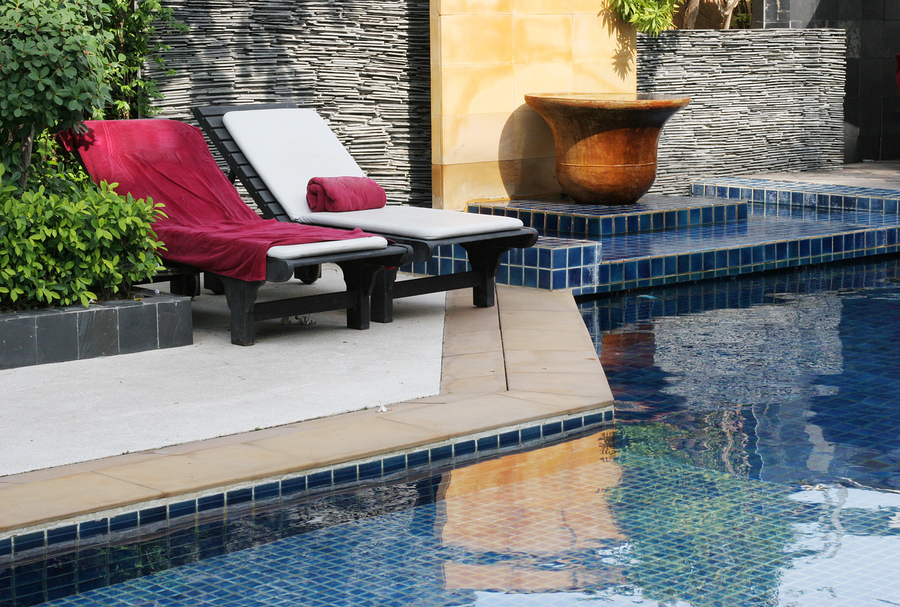Most Pool Service Starting At
$185.00 + tax
Tips on Balancing Your Pool’s Salt Levels

Saltwater pools has been gaining some popularity lately in the previous years. People have seen the wonderful benefits saltwater pools can offer which chlorinated pools cannot.
Saltwater pools have lower chlorine levels. Just because the word: salt is in the name, doesn’t mean that chlorine should be absent in the mixture. With saltwater pools, you do not have to physically apply chlorine; saltwater pool systems convert the salt into chlorine by using chlorine generators. This type of swimming pool is gentle to the skin. Too much exposure to chlorine damages the skin; with saltwater pools, it produces less skin damage and is less harmful to those who have sensitive skins and who suffer from skin allergies. You are able to open your eyes under saltwater pools. The salt level in these types of pools are well balanced; it is not too strong to feel like the ocean, nor is it too weak to be unable to chlorinate your pool. Finally, saltwater pools are easier to maintain. The latest saltwater pools can monitor the pool’s cleanliness automatically.
Saltwater pools however, need to be monitored for a different reason, and that reason would be -- the pool's salt levels.
Balancing Salt Levels
Balancing salt levels demands to be checked and maintained weekly, monthly, and yearly; with each time gap having different methods of maintenance.
Weekly
For weekly maintenance, you have to look out for salt concentration or salinity, and its pH levels. For its salinity, 2500 – 4500 ppm is recommended; adding too much salt will force you to add fresh water to lower its salinity, and lower salt levels will decrease the pool’s cleaning capabilities. pH levels on the other hand, needs to be around 7.2-7.6 (with 7.4 being the most optimal.) The presence of pH levels allows the chlorine to work effectively against germs and bacteria. For high pH levels, adding liquid hydrophoric acid or dry acid should do the trick. As for lower pH levels, adding alkali is enough.
It is important to remember that when it comes to adding the acid or the alkali, do them slowly in order for them to circulate in the water.
Monthly
For the pool’s monthly check-up, the free chlorine that was produced has be 1-3ppm (with 2ppm being the most optimal.) The total alkalinity should be around 80-120ppm; it is important to keep this stabilized in order for the pH to stabilize and avoid fluctuation. Stabilizer levels should be around 40-80ppm, to prevent the chlorine in your saltwater pool to disappear. Calcium hardness should be around 250-350ppm; low calcium levels can cause corrosion if it gets too low in the water; high levels, in the other hand, can clog the filters and pipes. The total dissolved liquids should be less than 1500ppm. Lastly, you should check if copper, iron, and manganese have become present. If they remain in the pool, they can lead potential damages to your skin and your swimming pool.
Yearly
For the yearly inspections, it is the right time to clean your salt cell to avoid calcium buildup. Too much calcium can decrease chlorine production.
For a professional saltwater pool clean, repair, and restoration, call Sterling Pool Service today at: 888-973-0274. Our service area includes the following: Sachse, Wylie, Murphy, Allen, Plano, Richardson, Garland and Dallas.
You may also visit out contact page for more details.
 A Native Pool Service Company
A Native Pool Service Company






